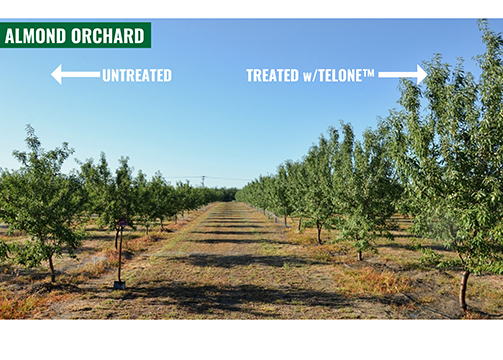ICYMI: 2023 Might Be a Bad Year for Honey Bees
The buzz is that 2023 is set up to be a bad year for honey bees in the U.S. This according to a news report recently published by Washington State University College of Agricultural, Human, and Natural Resource Sciences. The reason(s)? A major hurricane strike in Florida last fall, along with a stormy winter/early spring in California, and higher than average colony losses are cause for concern.
Recently retired Washington State University Extension Associate Professor Tim Lawrence did some digging on the subject and has found the concern is founded.
“I talked with a beekeeper recently who hadn’t lost more than 20% of his colonies in several years but lost 90% of his bees this year,” he says. “And he’s far from alone. I’ve heard from many beekeepers suffering high losses this year.”
The decrease is likely due to viruses exacerbated by Varroa destructor mites, the main cause for honey bee decline, Lawrence says. The mites kill honey bee brood (pupae and larvae), introduce numerous viruses, and severely weaken adult bees and their immune systems, making them more prone to disease.
In most years, beekeepers who experienced significant losses would resupply by purchasing the important pollinators from beekeepers in Florida. Unfortunately, the bee population in the Sunshine State took a big hit from Hurricane Ian last year, limiting the supply.
Generally, the pollinator season starts in late February in California almond groves. Beekeepers from around the country bring their bees west to pollinate these early-blooming trees. But the steady series of atmospheric rivers dumping significant rain on California has limited the number of flying days bees have had to pollinate.
Bees generally fly when temperatures are above 54°F and winds aren’t too strong, Lawrence explains. The limited flying days also impact honey bee queens because they mate in the air. Less flight time means less mating, which means fewer and delayed bees and queens for sale that beekeepers rely upon.
“It’s been brutal,” Lawrence says. “Beekeepers are used to adapting, but getting hit from so many angles is a huge challenge.”
And all that could impact Washington crops that depend on hiring the domesticated pollinators.
“If I had an apple, pear, or cherry orchard, I wouldn’t wait to contact your beekeeper this year,” Lawrence emphasizes. “A lot can happen between now and when those crops bloom, but early crops could really be impacted. For growers back east, it’s likely there may not be any bees for the blueberry season.”
Conversely though, the unusually wet winter in California could lead to a bumper honey crop.
“Seeing the mountains and hills down there, the snow melt will probably lead to a tremendous flower bloom,” Lawrence adds. “There may be fewer bees, but those present will have plenty of food to collect.”
For more details about the situation, read Lawrence’s take at treefruit.wsu.edu.









